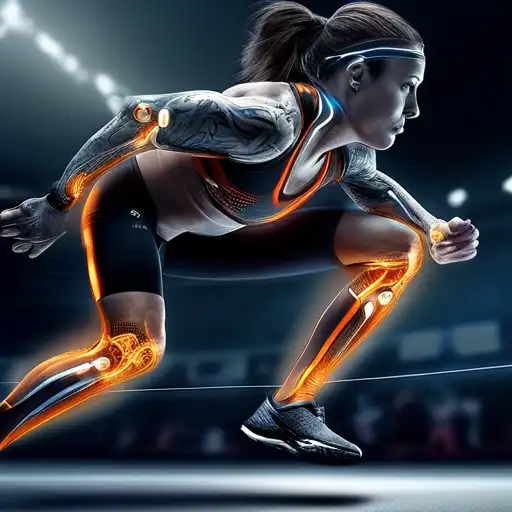Introduction to Wearable Technology in Sports
In the realm of competitive sports and personal fitness, wearable technology has emerged as a game-changer. These innovative devices are designed to monitor, analyze, and enhance athletic performance, offering athletes and coaches unprecedented insights into physical health and training efficiency.
The Evolution of Wearable Tech for Athletes
From simple pedometers to advanced GPS watches and heart rate monitors, wearable technology has undergone a significant transformation. Today's devices are equipped with sensors that track a wide range of metrics, including speed, distance, heart rate, and even sleep quality, providing a holistic view of an athlete's performance and recovery.
Key Benefits of Wearable Tech for Athletic Performance
- Real-time Data Monitoring: Athletes can receive instant feedback on their performance, allowing for immediate adjustments.
- Enhanced Training Efficiency: By analyzing data over time, athletes can optimize their training regimens for better results.
- Injury Prevention: Wearable devices can alert athletes to potential overtraining or improper form, reducing the risk of injury.
- Recovery Tracking: Monitoring sleep and recovery metrics helps athletes ensure they're fully prepared for their next training session or competition.
Top Wearable Tech Devices for Athletes
Several standout products have made waves in the athletic community, including smartwatches like the Garmin Forerunner series, fitness trackers such as the Fitbit Charge, and specialized devices like the Whoop Strap. Each offers unique features tailored to different sports and fitness goals.
Integrating Wearable Tech into Training Programs
For athletes looking to incorporate wearable technology into their training, it's essential to choose devices that align with their specific needs. Working with a coach or trainer to interpret the data can further enhance the benefits, leading to improved performance and reduced injury risk.
The Future of Wearable Tech in Sports
As technology continues to advance, the potential for wearable devices in athletics is boundless. Future innovations may include more sophisticated biometric tracking, AI-driven performance analysis, and even augmented reality interfaces for real-time coaching feedback.
Wearable technology is not just a trend; it's a transformative tool that's reshaping how athletes train, compete, and recover. By leveraging these devices, athletes at all levels can gain a competitive edge and achieve their performance goals.
